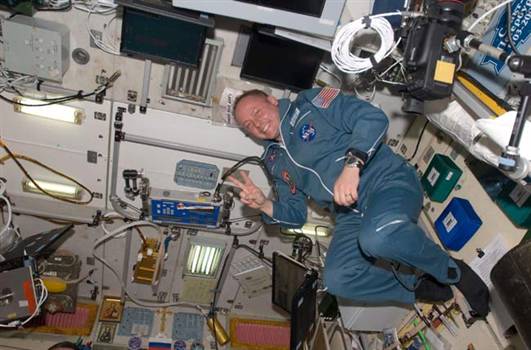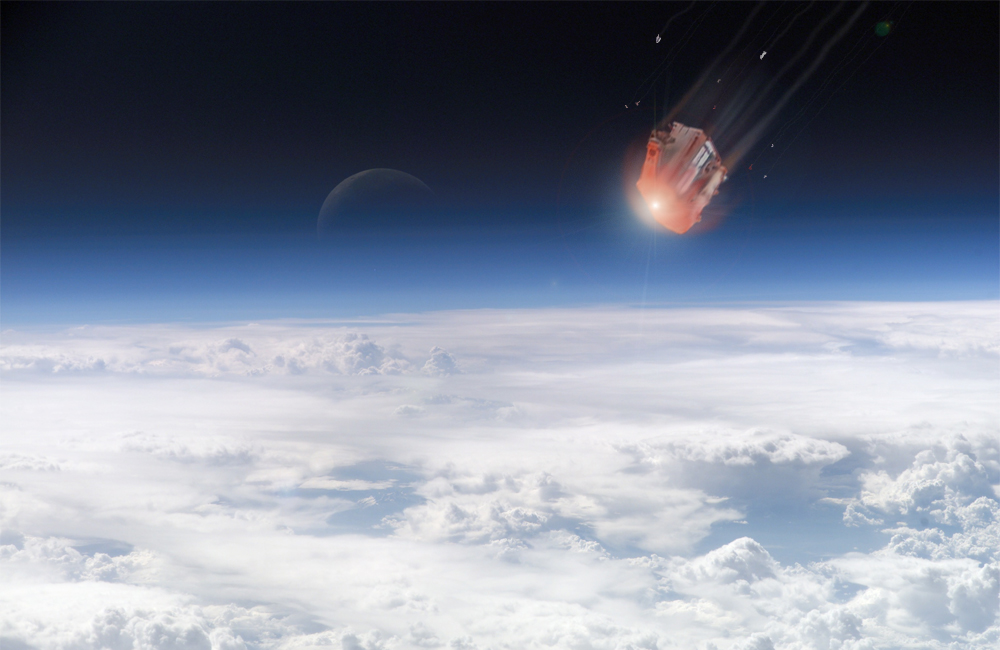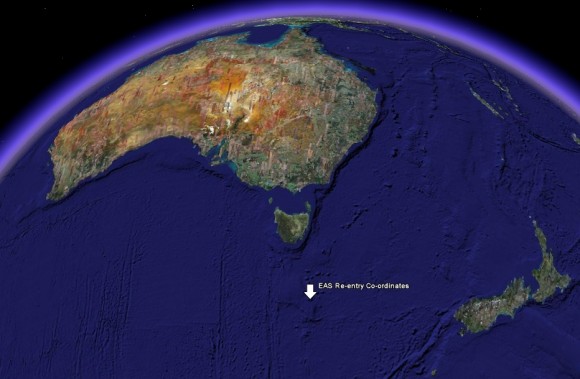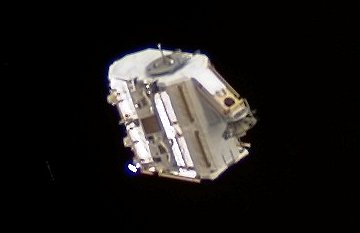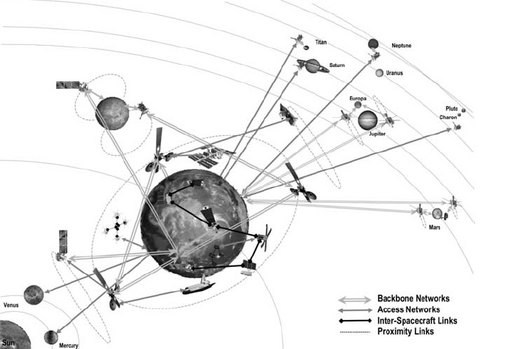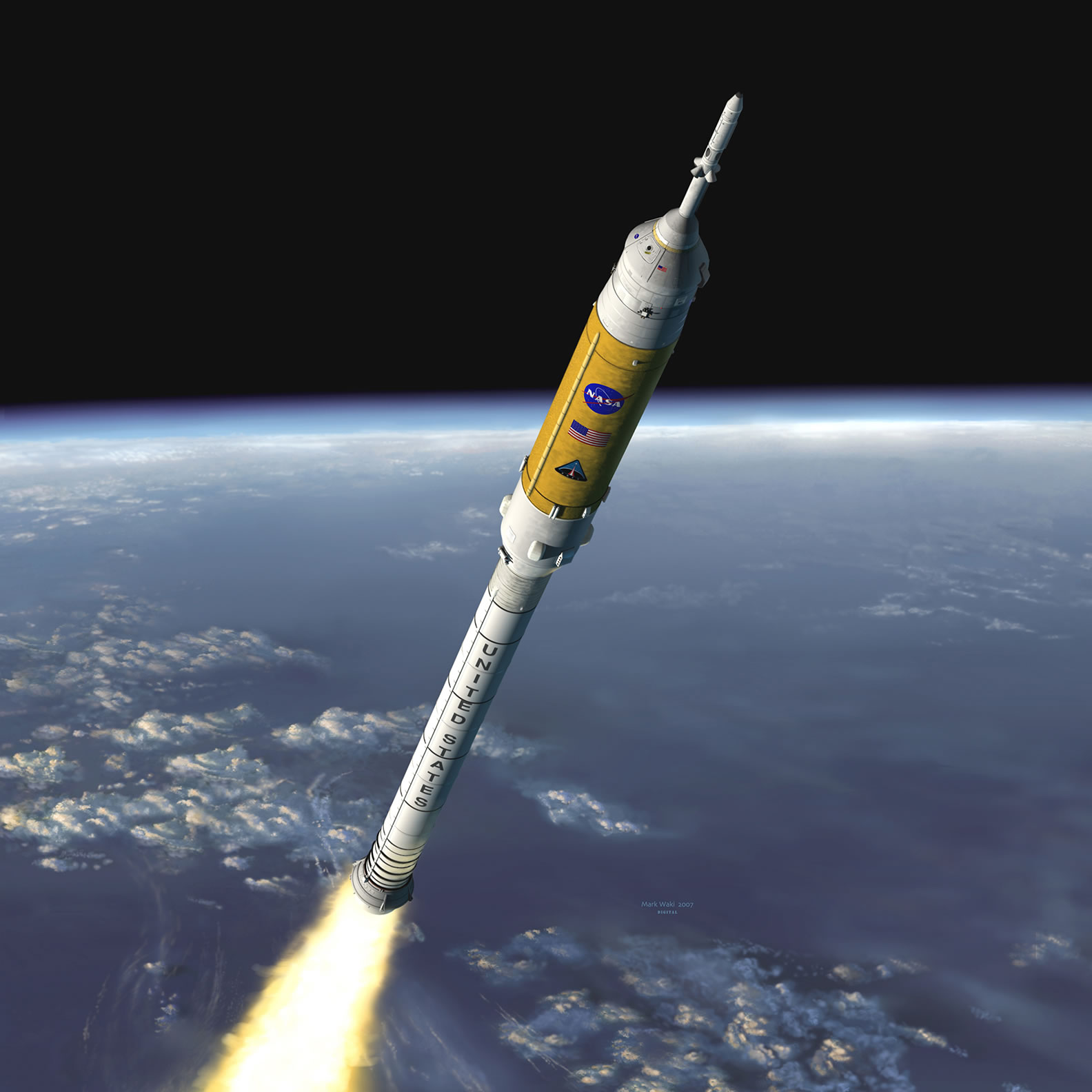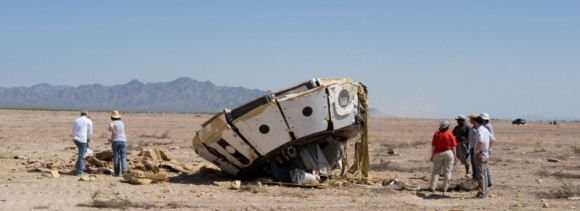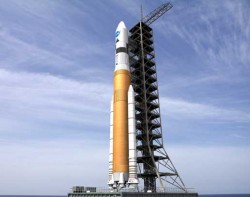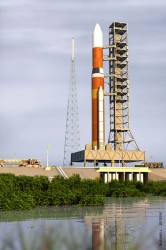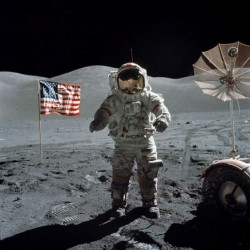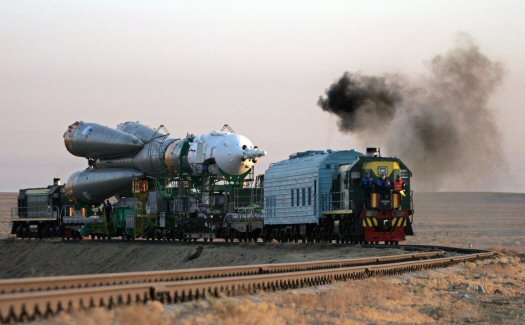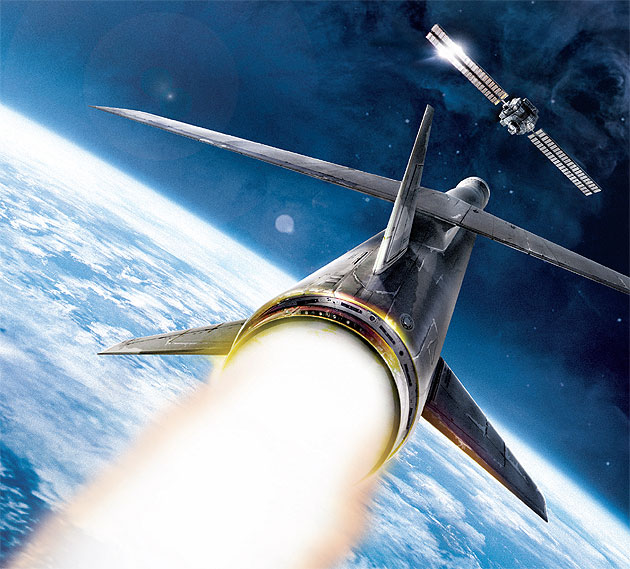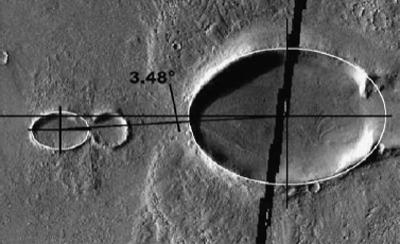[/caption]Astronauts realise that there are some things they will miss out on. Whilst living on the International Space Station (ISS) for months at a time they may miss out on their child’s first words, they may forget to record the new season of Heroes, they may also miss out on a terrestrial celebration of their birthday.
While many of these things can upsetting or frustrating, say if you’re in space when a life-changing event or historical moment for your whole country is about to occur? This is exactly what is going to happen for the two US astronauts currently looking down on their nation from the orbiting outpost. Tomorrow is Presidential Election Day, so Michael Fincke and Gregory Chamitoff are going to exercise their rights as American citizens (that only four astronauts have been able to do previously) to vote in their next leader…
Fincke and Chamitoff will be able to vote in tomorrow’s US election using a Texas law that was passed in 1997. The eleven year-old law extends the right that every ground-based adult American citizen takes for granted to the US astronauts carrying out their duties on the space station.
“So I’m going to exercise my privilege as a citizen and actually vote from space on Election Day,” the ISS Expedition 18 Commander Michael Fincke said before he left Earth. “I think the candidates this year are exciting in and of themselves. But hopefully we get people to realize what a privilege it is, and they exercise and get a chance to vote.” Fincke was launched on October 12th with cosmonaut Yuri Lonchakov and space tourist Richard Garriott on the Soyuz TMA-13 flight.
The 1997 Texas bill has allowed four astronauts to vote in the southern US state. Astronaut David Wolf was the first space-based ballot to be cast in the ’97 Houston election from the Russian Space Station Mir. Then Leroy Chiao (2004 ISS Expedition 10 commander) was able to vote in the last presidential election. In 2006 and 2007, astronauts Michael Lopez-Alegria and Clayton Anderson were also able to cast their votes during separate space station missions.
This year, both orbiting astronauts are urging American citizens to get to their local polling places, as regardless of who is being voted for, the right to vote is a privilege. “Voting is the most important statement Americans can make in fulfilling a cherished right to select its leaders,” Fincke said in a patriotic NASA TV video with Chamitoff. “So this Election Day, take time to go to the polls and vote. If we can do it, so can you.”
It all sounds great, but how do astronauts actually vote in space?
The Texas bill allows astronauts to cast an absentee ballot from space with the help of the County Clerk of Harris and Brazoria counties (containing Houston). A secure electronic ballot is then sent to the ISS via mission control from the Clerk’s Office. Separately, an email is sent to the astronauts on board the space station with login information to the secure ballot. Once completed in orbit, the secure ballot is sent back to Mission Control and then forwarded to the Clerk’s Office.
“I was thankful for everyone making it possible for me to vote from space,” Leroy Chiao said. “I think it was an important symbolic gesture. Also, it was important to me personally.” Chiao added that making the space vote possible also encouraged ordinary US citizens to make the short trek down to their local polling station.
Source: MSNBC

